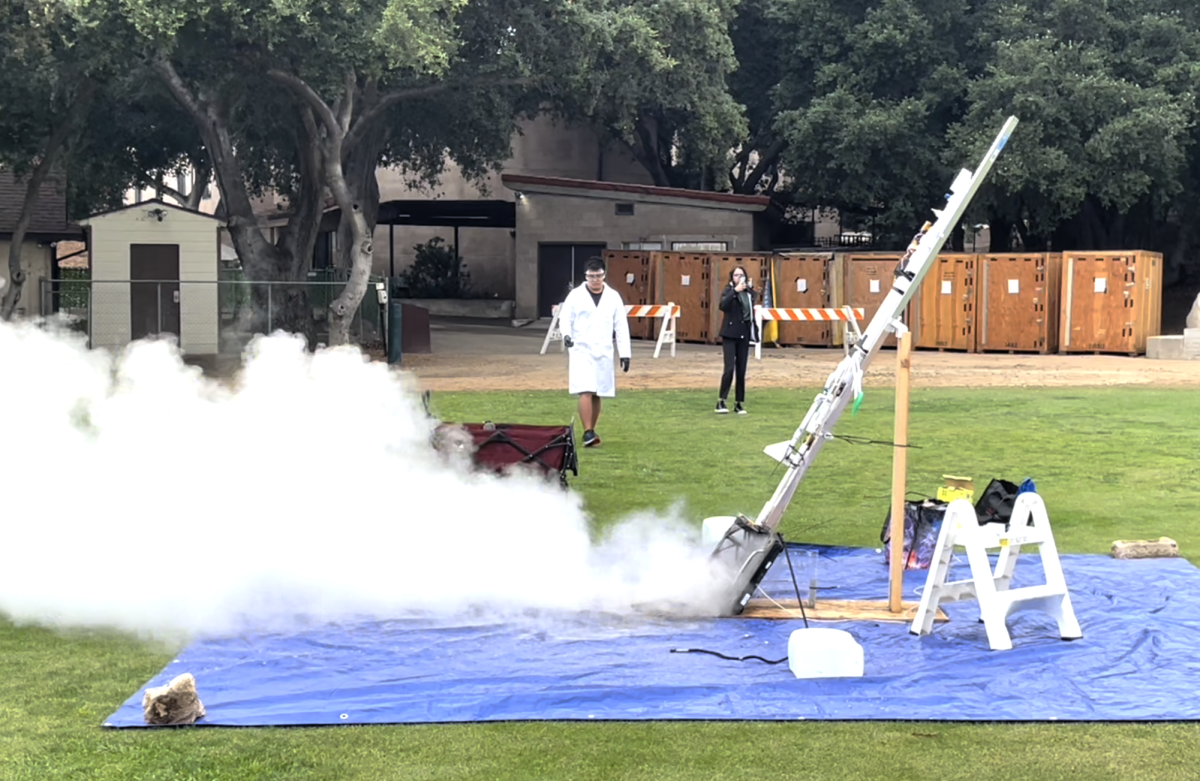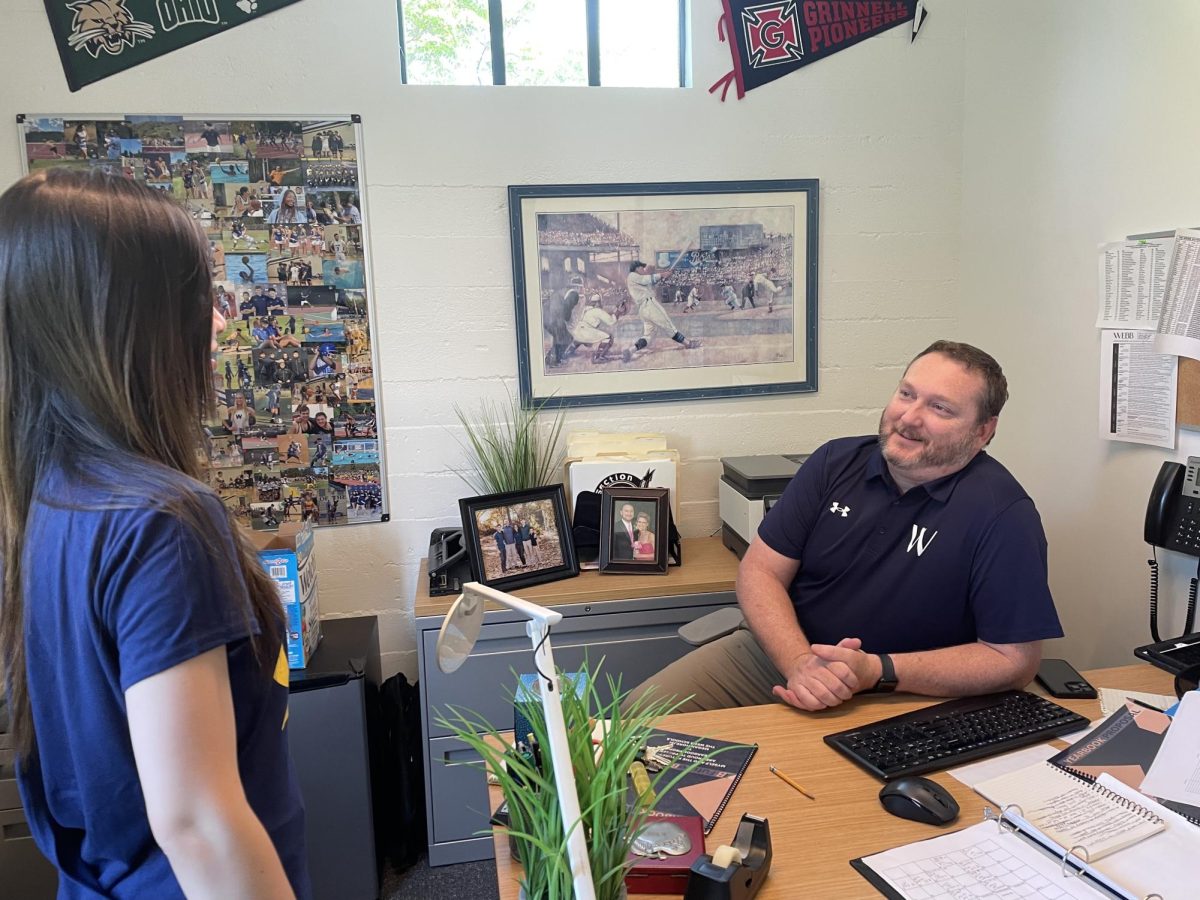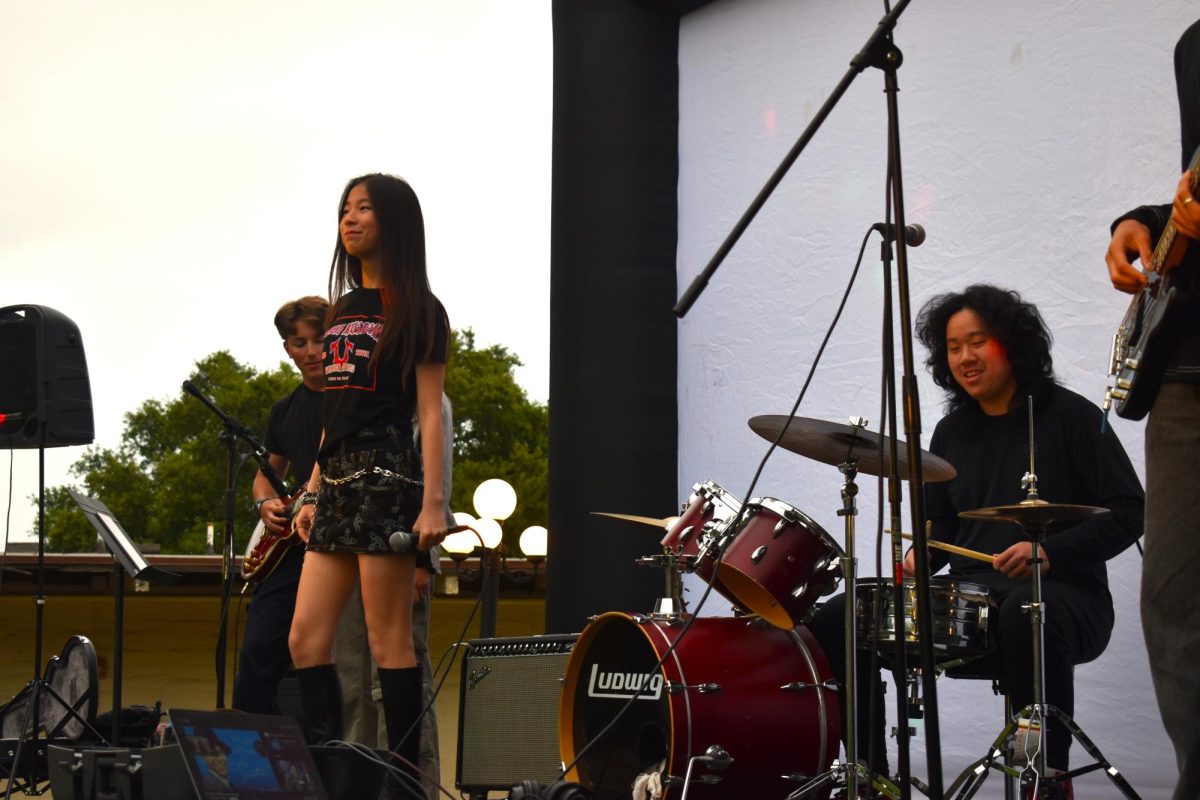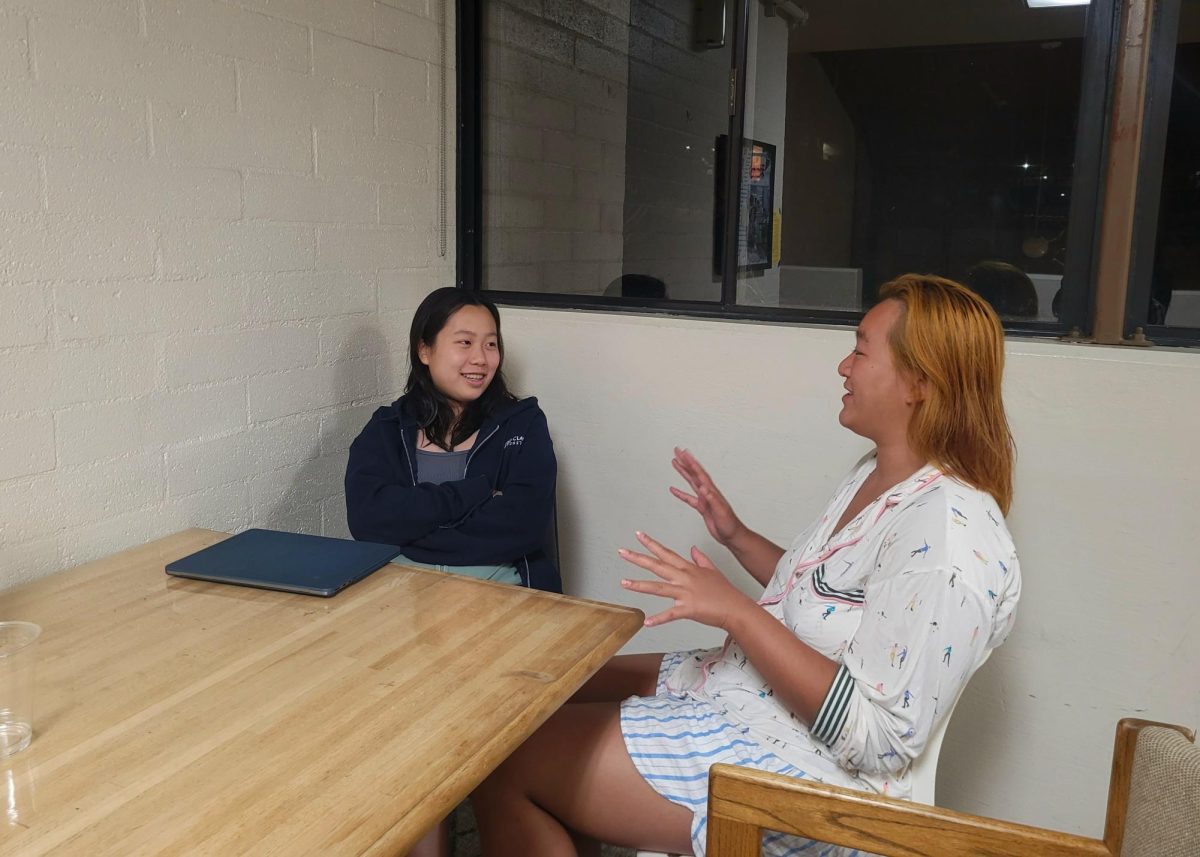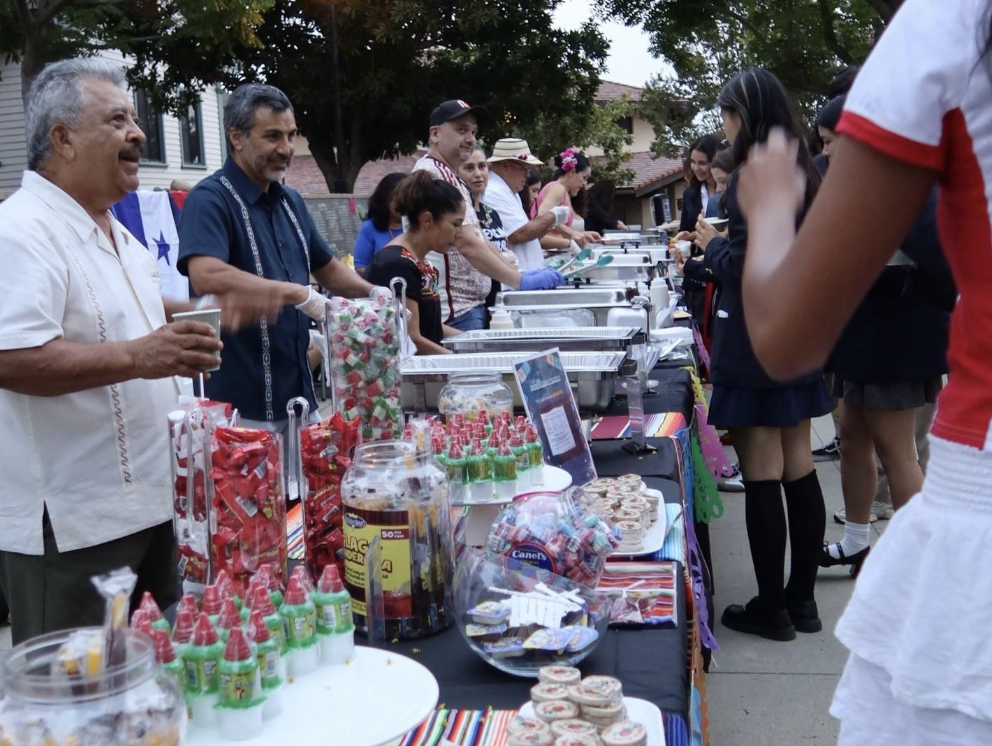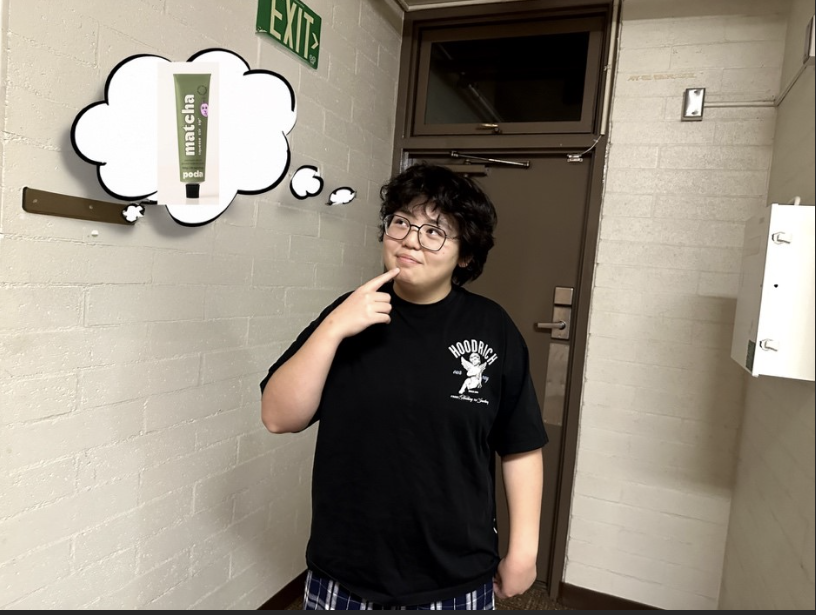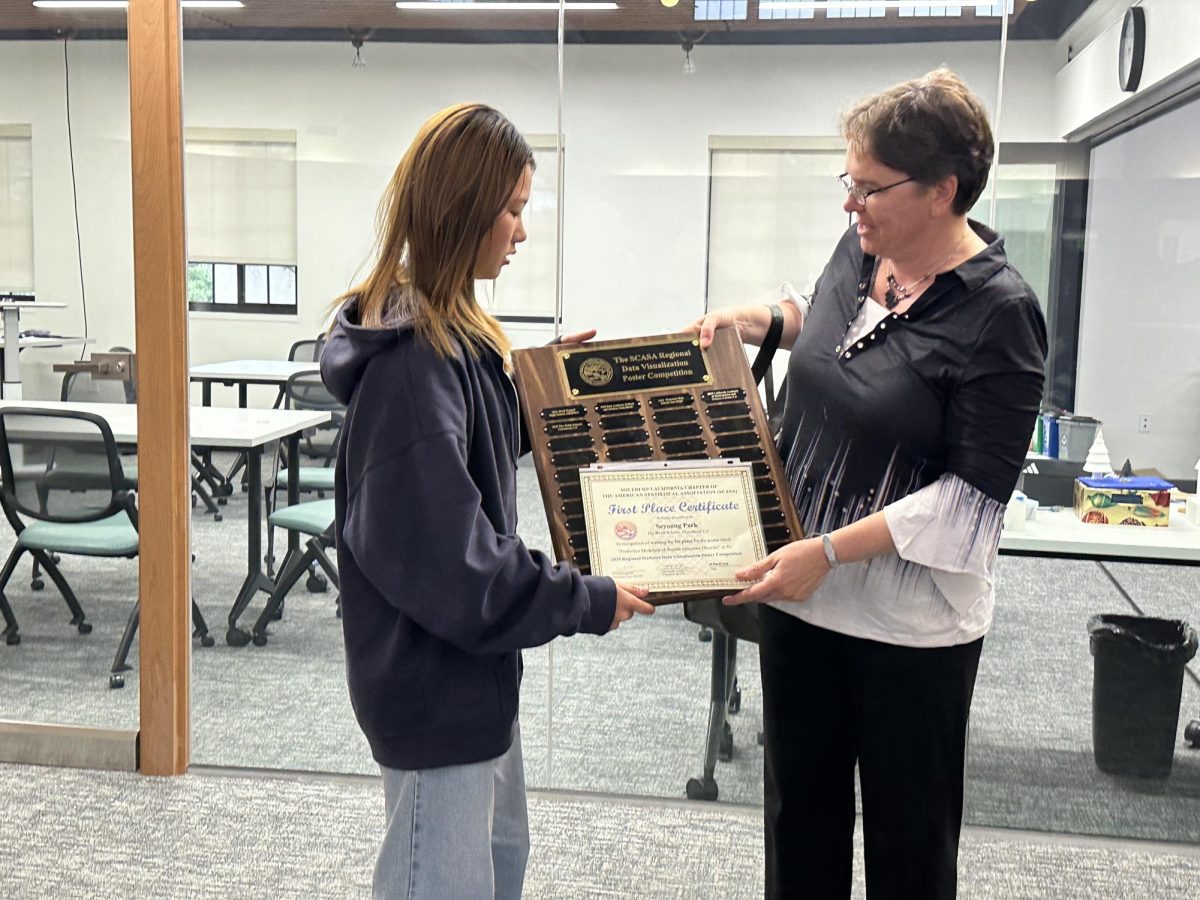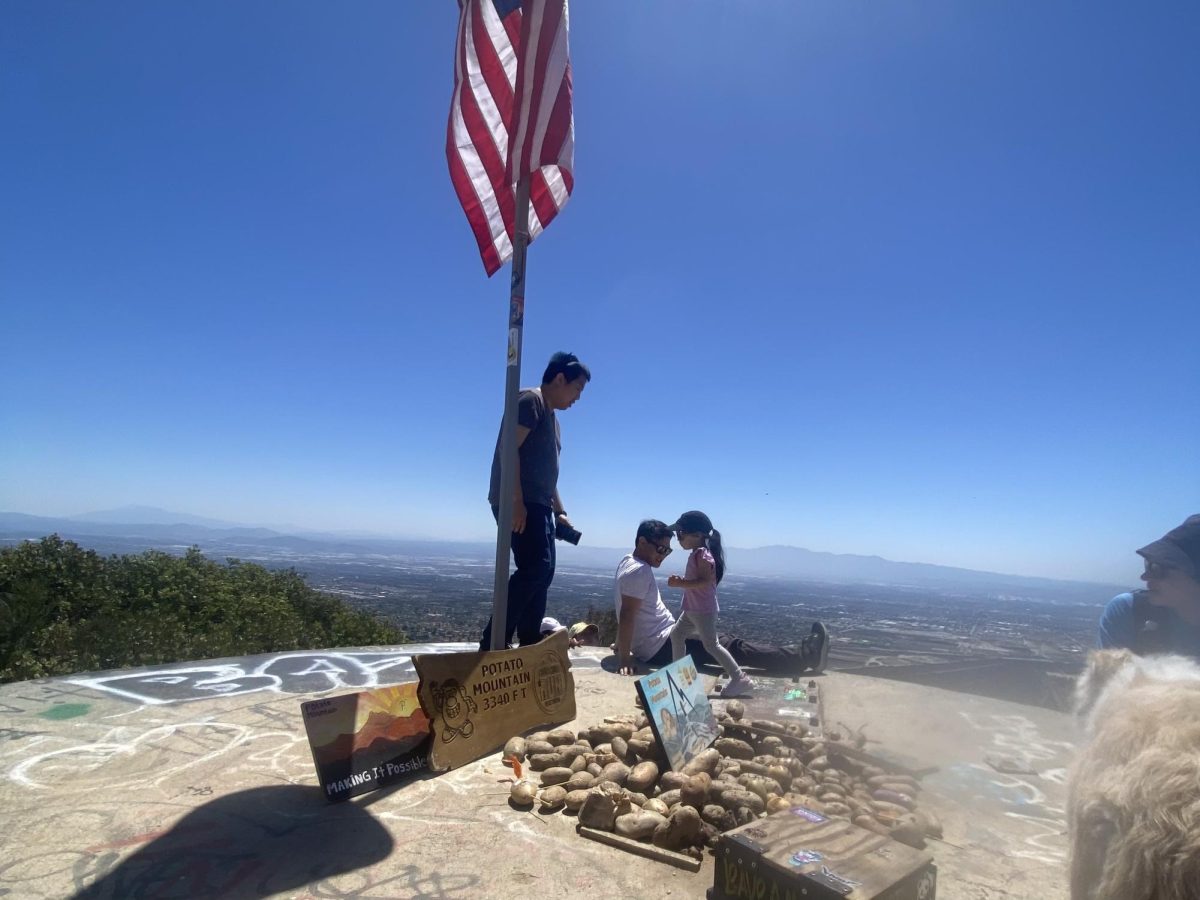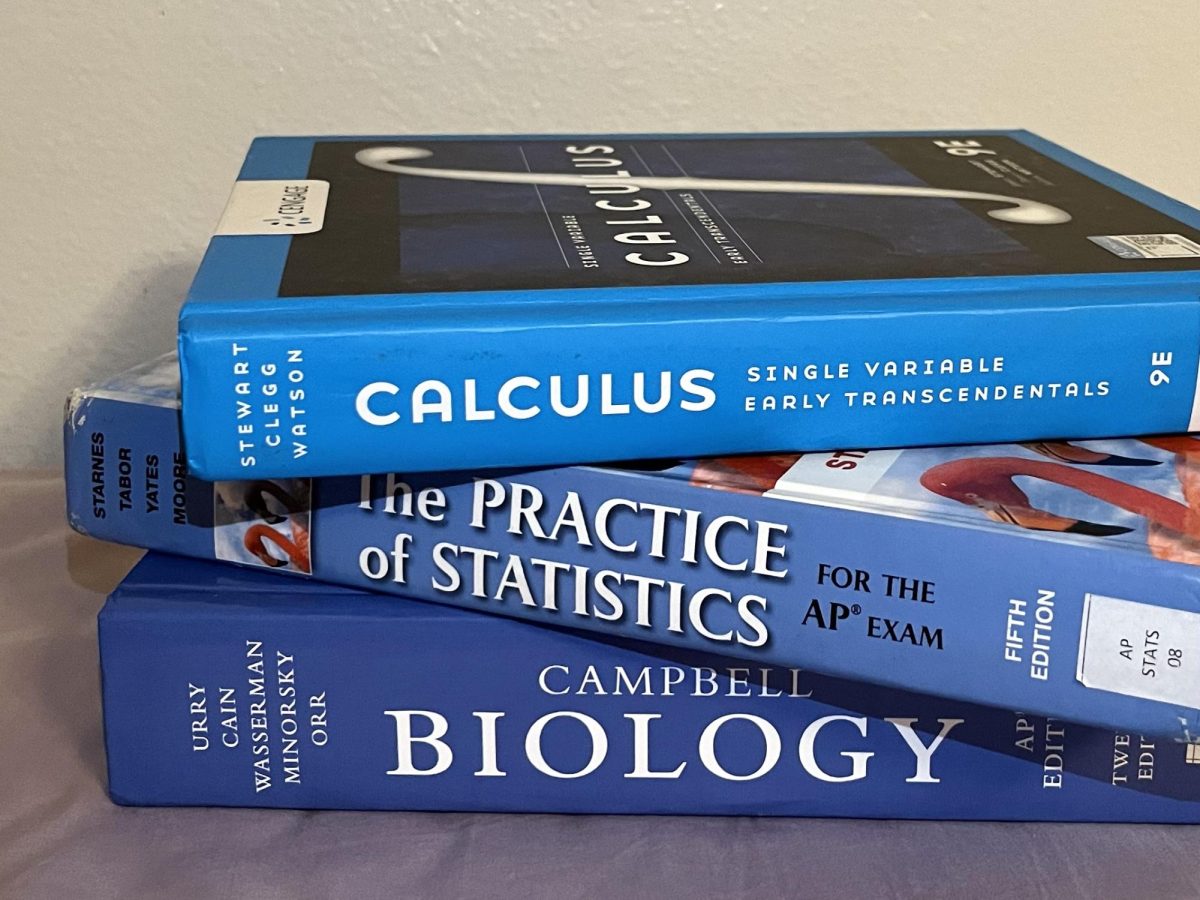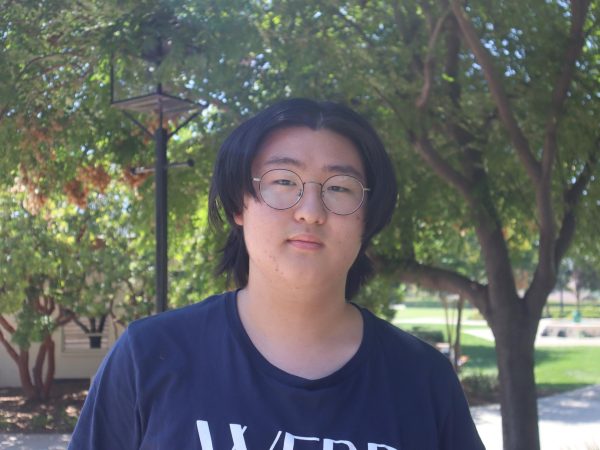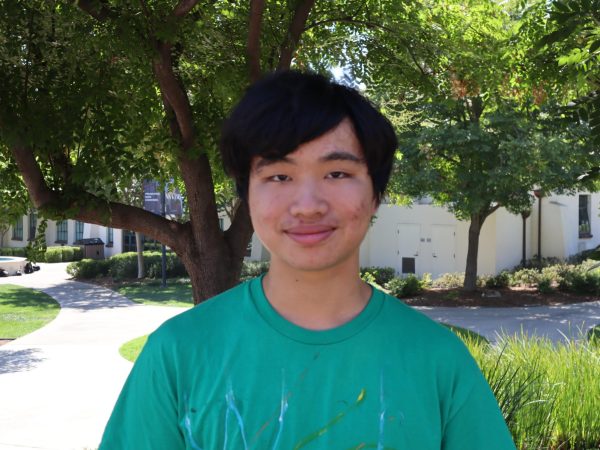Move over SpaceX! Webb’s very own rocket program is slowly, but surely moving toward a real rocket launch.
The Bluebird Rocket Program began as a science fair project two years ago founded by Andrew Barrantes (‘25), a space enthusiast from a young age.
“The project itself started during freshman year winter season,” Andrew said. “I was in a science fair, and I had no clue what to do. So, as a joke, I said, ‘Let’s build a rocket, guys. That would be cool.’”
As expected, rocket science was hard in the early days of the project. The understandable lack of knowledge in the various procedures resulted in a number of safety accidents, some of which were dangerously close to causing serious harm, not to mention the failed attempts.
“One of the worst things I’ve ever done in terms of safety and design was during the soda can rocket days,” Andrew said. “I put the peroxide and the catalyst in a pressure vessel made of soda cans, and I was standing just five feet away. Luckily, it didn’t explode, and I was able to escape unharmed.”
Beyond the accidents, most of the early planning ended in disaster: if any of the calculations, materials, or even the weather was wrong, the sensitive materials would fail.
But Andrew stresses that explosions and failure are expected and good, and the rocket has evolved a lot throughout the years.
“As Oppenheimer said, theory can only take you so far,” Andrew said. “For the first two years that was all it was about: building hardware. It’s a very SpaceX-ish philosophy. They are one of the leading providers because they are not afraid to test things and let things blow up.”
One of the main developments and choices he has made is using liquid fuel rather than solid. Liquid fuel is preferred over solid fuel due to its greater precision in controlling combustion rates and thrust, allowing for more efficient propulsion. Because of the mathematical and logistical difficulties involved in liquid fuels, however, no team has attempted to use it — until now.
“So, something that most people are probably familiar with is the space shuttle, the two big boosters on each side are based on solid fuel,” Andrew said. “ Now the good thing with solid fuel is that it’s storable and doesn’t explode if you don’t light it. However, it has a drawback where you turn it on; you can’t turn it off, so if something goes wrong with your rocket, you are kind of screwed.”
Liquid fuels can also be stored and transported more safely and with less risk of accidental ignition or explosion compared to solid fuels, which is a necessity considering the project’s long history of mishaps.
Due to the multitude of flaws that are associated with the solid fuel’s ease of use, ultimately the Bluebird project decided to settle on a liquid fueled rocket.
“The current goal is to design and launch a liquid fueled rocket to an unspecified altitude,” Andrew said. “Though, we will keep that under wraps for now because we’ll need to know how high the FAA [Federal Aviation Authority] lets us launch it.”
Bluebird is one of two high school liquid fuel rocket programs in the United States and the only one on the West Coast. So far, they have not launched a rocket. However, they are testing their engines, having achieved three kilonewtons of thrust.
“Maybe not launches, but definitely a test fire in end of March,” said Manas Brahmbhatt (‘26), the club’s vice president. “We have a good subscale launch, but on test run and hopefully by the end of the year we have a proper actual full-scale testing of the Engine.”
Rocketry also requires many jobs including nozzle design, rocket mounts, coding, and valves. Andrew hopes for even more engagement in his Aero Club, which will hopefully combine the skills of many different students to reach for the stars. So, if you are an aspiring coder, engineer, chemist, or physicist with a dream, why not join Webb’s very own rocket program?


